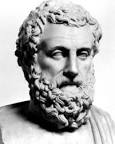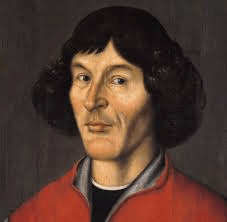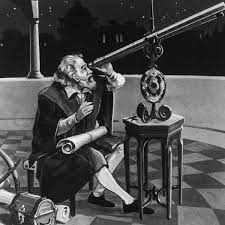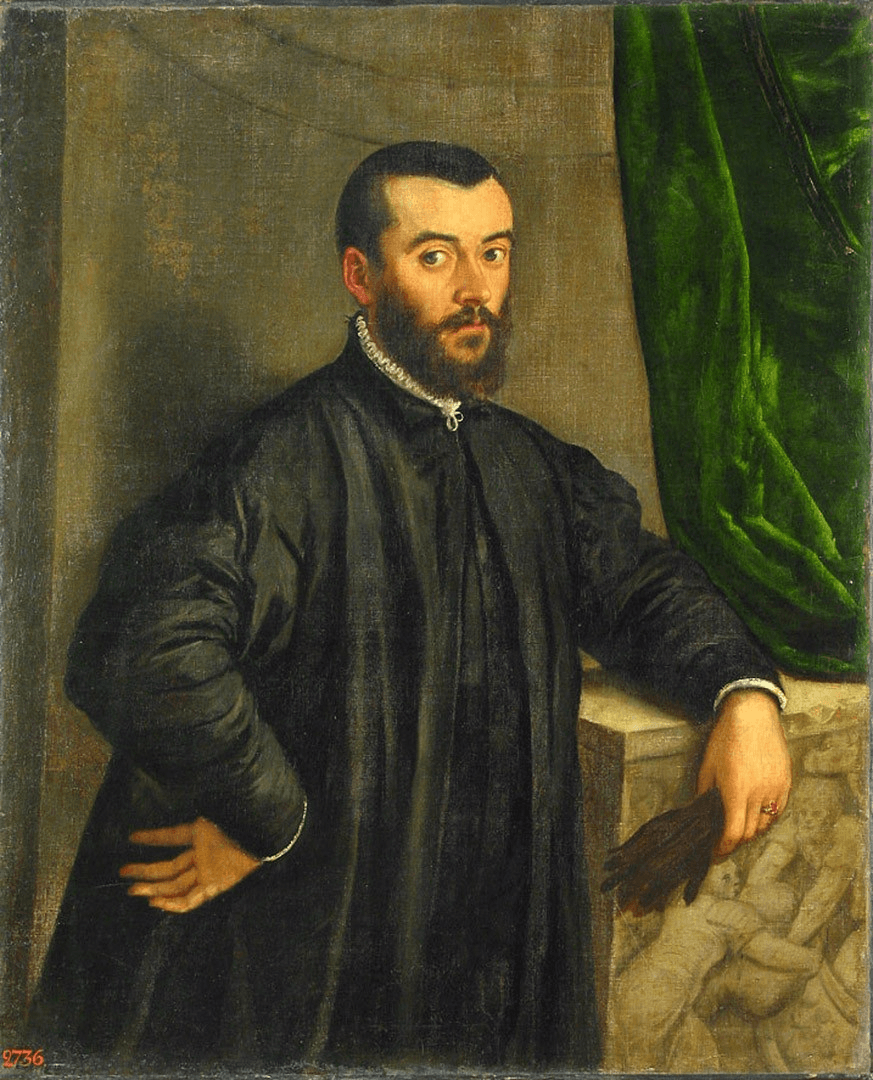The ___________ system consists of the sun, the nine planets orbiting the sun, the asteroids, and the comets
What is "solar"?
These bean-shaped organs located on each side of your upper abdomen prevent your body from being contaminated by liquid waste.
What are kidneys?
The rocky, mineral filled, Earth-like planets in our solar system (including Mercury, Venus, Earth, and Mars) are called _____________________________.
What are terrestrial planets?
This Greek philosopher lived from 384-322 B.C. and promoted a geocentric view of the universe. More specifically, he believed that the earth was flat and motionless and that all the other "heavenly bodies" (planets, stars, moon, sun) orbited around it. 
Who is Aristotle?
Study of the stars and the planets.
What is astronomy?
The hottest planet in the solar system, named after the Roman goddess of love.
What is Venus?
The __________________ system consists of the heart, blood vessels, and blood.
What is "circulatory"?
The _______________ take oxygenated blood AWAY from the heart TO the other parts of the body.
What are arteries?
The large bodies in our solar system made mostly of gasses like hydrogen and helium (including Jupiter, Saturn, Uranus, and Neptune) are called ___________________.
What are gas giants?
This Polish scientist lived from 1473-1543 and promoted a heliocentric cosmology. More specifically, he believed that the planets revolved around the earth. 
Who is Nicolaus Copernicus?
Study of the weather.
What is meteorology?
A scientific guess or prediction is called _________________.
What is a hypothesis?
The ________________ system consists of the nose, the throat structures, and the lungs.
What is the respiratory system?
The ______________ bring deoxygenated blood TO the heart from the body.
What are veins?
The largest planet in the solar system known for its “red spot.” It could fit more than 1,300 earths!
What is Jupiter?
Considered the "Father of Modern Science," this man developed the telescope.

Who is Galileo Galilee?
A fancy word for "oval."
What is an ellipse?
The bronchi lead into the lungs where they split off into narrower and narrower tubes, the narrowest of which are known as ___________________________.
What are bronchioles?
The ____________ system consists of the gastrointestinal tract along with the liver, gallbladder, and pancreas.
What is "digestive"?
The smallest blood vessels are known as _________________. This is where gas exchange occurs.
Named after the Roman god of the sea, this planet is the farthest from the sun and has 14 known moons.
What is Neptune?
Born in the Netherlands, this 16th century anatomist was the first scientist to examine and record the inner workings of the human body. 
Who was Andreas Vesalius?
Relating to the ability to think or reason.
What is "intellectual"?
When the involuntary muscles around the middle and lower parts of the stomach begin squeezing movements, this process is known as _________________________.
What is "peristalsis"?
The ______________ system is responsible for ridding the body of liquid waste.
What is "excretory"?
The bronchi lead into the lungs where they split off into narrower and narrower tubes, the narrowest of which are known as ________________.
What are bronchioles?
Located in the “_____________,” meaning it is not too far away from the sun and also not too close to the sun, planet Earth is made up of 75% water and can sustain human life.
What is the "Circumstellar Habitable Zone" (CHZ) or "Goldilocks Zone"?
During the 16th century, this famous astronomer proposed that the planetary orbits were not perfect circles, but rather ellipses (or ovals). 
Who is Johannes Kepler?
As a noun, this word means "an area of study." As a verb, this word means, "To train or cause someone to act in accordance with the rules."
What is "discipline?"
The microscopic, honeycomb-like air sacs at the end of each bronchiole in the lungs are called _________________.
What are alveoli?